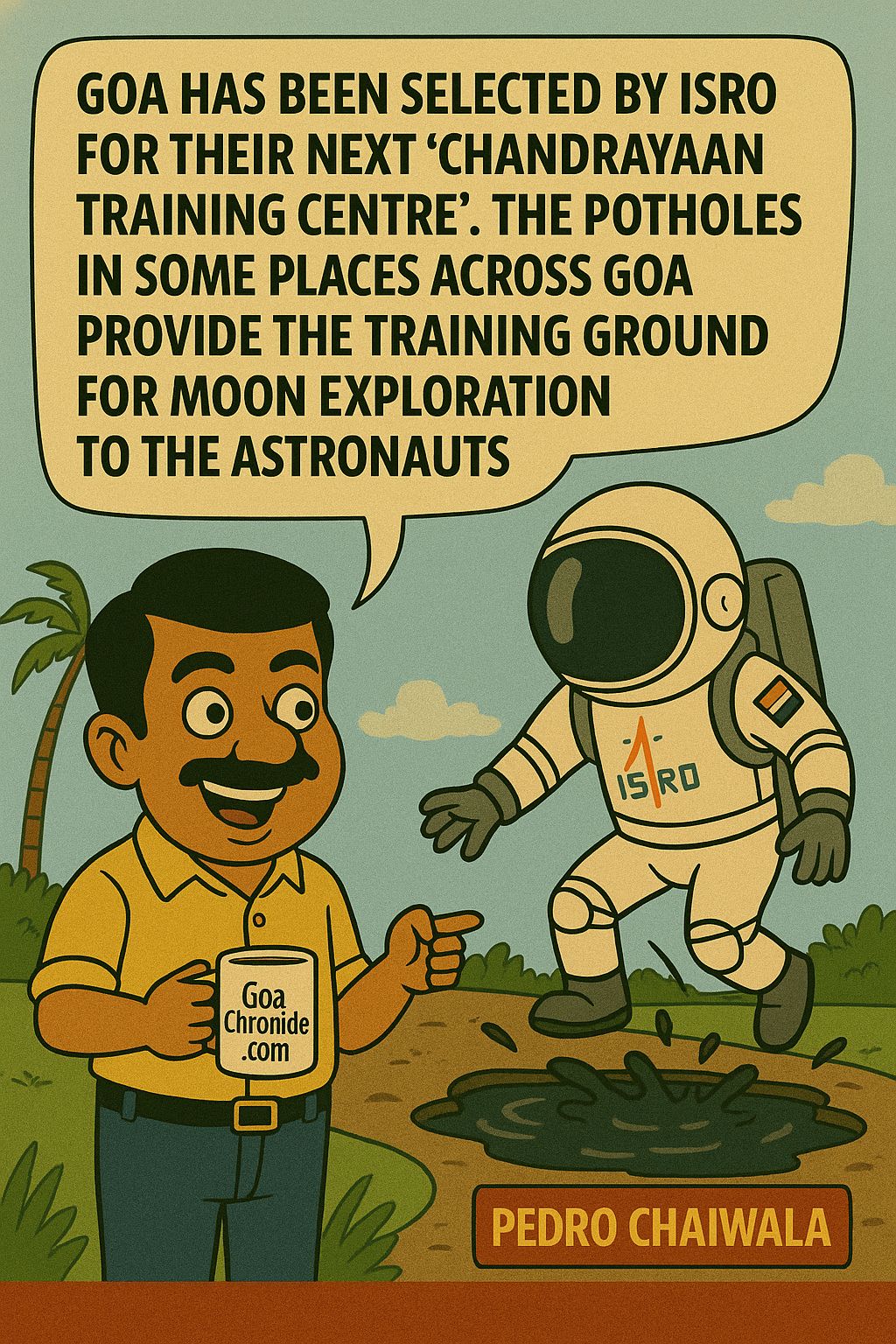India’s governance structure is a complex, sprawling web—1.4 billion citizens, 28 states, 8 Union Territories, more than 700 districts, and thousands of schemes designed to touch the lives of the last person standing in the queue. From PM-KISAN to Ayushman Bharat, Ujjwala Yojana to MGNREGA, the Government of India is running over a thousand central and centrally sponsored schemes. The intent is noble—ensure that no Indian is left behind. But here’s the hard truth: the road from policy to people is littered with leakages, inefficiencies, duplication, and sometimes even outright fraud.
This is not due to lack of political will, but rather the sheer magnitude of scale and the burden placed on India’s bureaucracy. The “steel frame” that once held the system together is now creaking under the weight of expectations, outdated processes, and manual overload. And that’s where Artificial Intelligence (AI) comes in—not as a fancy tech buzzword but as the new bureaucrat India desperately needs. A bureaucrat that doesn’t sleep, doesn’t take bribes, doesn’t ask for transfers, doesn’t favour one constituency over another, and most importantly, doesn’t forget.
AI isn’t here to replace the human element in governance; it’s here to amplify it—turning intent into impact. It’s not about robbing jobs from honest officers. It’s about giving them a force multiplier. AI is that relentless administrator we’ve been looking for—working in the background, crunching data, identifying patterns, verifying truth, eliminating ghost beneficiaries, mapping assets in real-time, and predicting where the next failure or success lies.
India allocates over ₹20 lakh crore annually to social welfare programs. And according to NITI Aayog and several audit bodies, an estimated 30 to 40 percent of these funds never reach the intended beneficiary in full. Some of it is lost in procedural delays, some in duplication, some in ghost accounts, and some in old-fashioned corruption. Take the example of fake beneficiaries—a problem so widespread that the Aadhaar-linked Direct Benefit Transfer (DBT) system helped the government eliminate over 8 crore fake entries across various schemes since 2014, resulting in reported savings of more than ₹1.75 lakh crore. But Aadhaar is just one piece of the puzzle.
Imagine an AI engine sitting atop a unified National Scheme Ledger (NSL)—a central, cloud-based platform that links every citizen’s entitlements, scheme participation, grievance history, and usage pattern through their Aadhaar and mobile number. It wouldn’t just track who got what; it would verify whether the right person got the right benefit at the right time, and whether they needed it in the first place. This ledger would act like a UPI dashboard for welfare—real-time, transparent, and scalable.
Now let’s break down where AI can be deployed with immediate and measurable impact. First, in beneficiary verification. India’s welfare delivery suffers from duplication—people receiving the same benefit multiple times under different names or schemes. AI can cross-check datasets across ministries and states, flag inconsistencies, and isolate suspicious entries. Facial recognition and biometric matching can assist in real-time validation during benefit disbursal. A machine learning algorithm can detect, for example, that a farmer who is listed under PM-KISAN and also receiving agricultural insurance has no land registered under his name.
Second, AI can transform geospatial monitoring of physical assets. The Swachh Bharat Mission aimed to construct over 110 million toilets. How many of these are real, functional, and being used? AI-powered satellite imagery and drone mapping can offer real-time insights. Similarly, homes built under PM Awas Yojana, roads under PMGSY, or irrigation assets under Pradhan Mantri Krishi Sinchai Yojana can be geo-tagged and monitored automatically using AI-driven models. This prevents false reporting and allows swift intervention where work is stalled or funds are misused.
Third, AI can revolutionize predictive resource allocation. MGNREGA is the world’s largest rural employment program, yet it often suffers from under- or over-allocation of resources due to poor forecasting. AI can analyze historical data, weather forecasts, migration trends, and regional economic activity to predict labor demand down to the village level. This enables proactive fund transfers, material availability, and job card generation without delay. McKinsey Global Institute estimates that integrating AI in public administration can increase productivity by 10-15% and generate up to $500 billion in global savings. Even a 2% increase in efficiency for Indian welfare programs would free up thousands of crores annually.
Fourth, AI can process unstructured citizen feedback from platforms like MyGov.in, CPGRAMS, and state-level portals. Citizens file lakhs of grievances, but the system rarely has the capacity to absorb and act on this feedback in a timely and intelligent manner. AI-based sentiment analysis tools can sift through these complaints, categorize them, identify emerging trends, and flag systemic issues. For example, a spike in complaints from tribal districts in Odisha regarding Ayushman Bharat card rejection would trigger a policy audit. AI listens at scale and translates grievance into governance.
Fifth, AI can bridge the language and literacy divide. A rural woman in Rajasthan may not know how to read or navigate a government website. But with an AI-powered voice assistant, she can call a toll-free number and ask in Hindi, “Mujhe cylinder chahiye. Kya main Ujjwala Yojana ke liye eligible hoon?” (I want a gas cylinder. Am I eligible for Ujjwala Yojana?) The assistant, using AI to access backend data, responds in her language and walks her through the next steps. This is not just convenience—it is accessibility as a right.
To make all this work, India must create the infrastructure. The National Scheme Ledger (NSL) must be the nerve centre. It must integrate Aadhaar-linked DBT logs, GIS asset data, biometric verification trails, grievance redressal reports, and scheme outcome metrics. It must be accessible to district magistrates, panchayat officers, and even Members of Parliament through tiered dashboards. A sarpanch must be able to log in and see how many people in his village have received PM-KISAN installments, and who hasn’t. An MLA should know which schools in his constituency have dropout issues, and which anganwadis are underfunded. Real-time governance begins with real-time data.
Some Indian states are already showing the way. Andhra Pradesh’s Real Time Governance Society (RTGS) has deployed AI to monitor scheme implementation, school attendance, and even predict natural disasters. Karnataka is piloting AI to identify school dropouts and target health interventions. Telangana’s T-Hub has become a national model for incubating AI-for-governance startups. But these are still islands in a vast ocean. India needs a coordinated, national-level strategy for AI governance.
That begins with political will, backed by institutional action. The government must create a National AI Governance Task Force bringing together NITI Aayog, Ministry of Electronics and IT, NIC, private sector AI experts, state representatives, and civil society. The task force must pilot NSL in 100 aspirational districts, develop AI literacy programs for bureaucrats at LBSNAA and state academies, and roll out multilingual AI assistants integrated with UMANG, MyGov, and CSCs. A parallel framework must ensure ethical AI use, prevent data abuse, and uphold citizen privacy.
In 2047, when India celebrates 100 years of independence, the measure of our success will not be how many schemes we launched, but how many lives we truly uplifted. The idea of welfare must evolve from handing out entitlements to ensuring empowerment with dignity. That can only happen when we eliminate leakages, silence inefficiency, and put the citizen at the centre of governance. AI can do all of this and more—quietly, efficiently, impartially.
The bureaucrat of the future doesn’t wear khadi. It sits in servers, speaks in data, thinks in probabilities, and acts without prejudice. In a democracy as vast and diverse as ours, we don’t just need better policies—we need better implementation. And for that, we need a new kind of public servant. AI is that public servant. It is the bureaucrat India needs. And if deployed with vision, integrity, and scale, it may well become the most honest and effective administrator this republic has ever known.
































